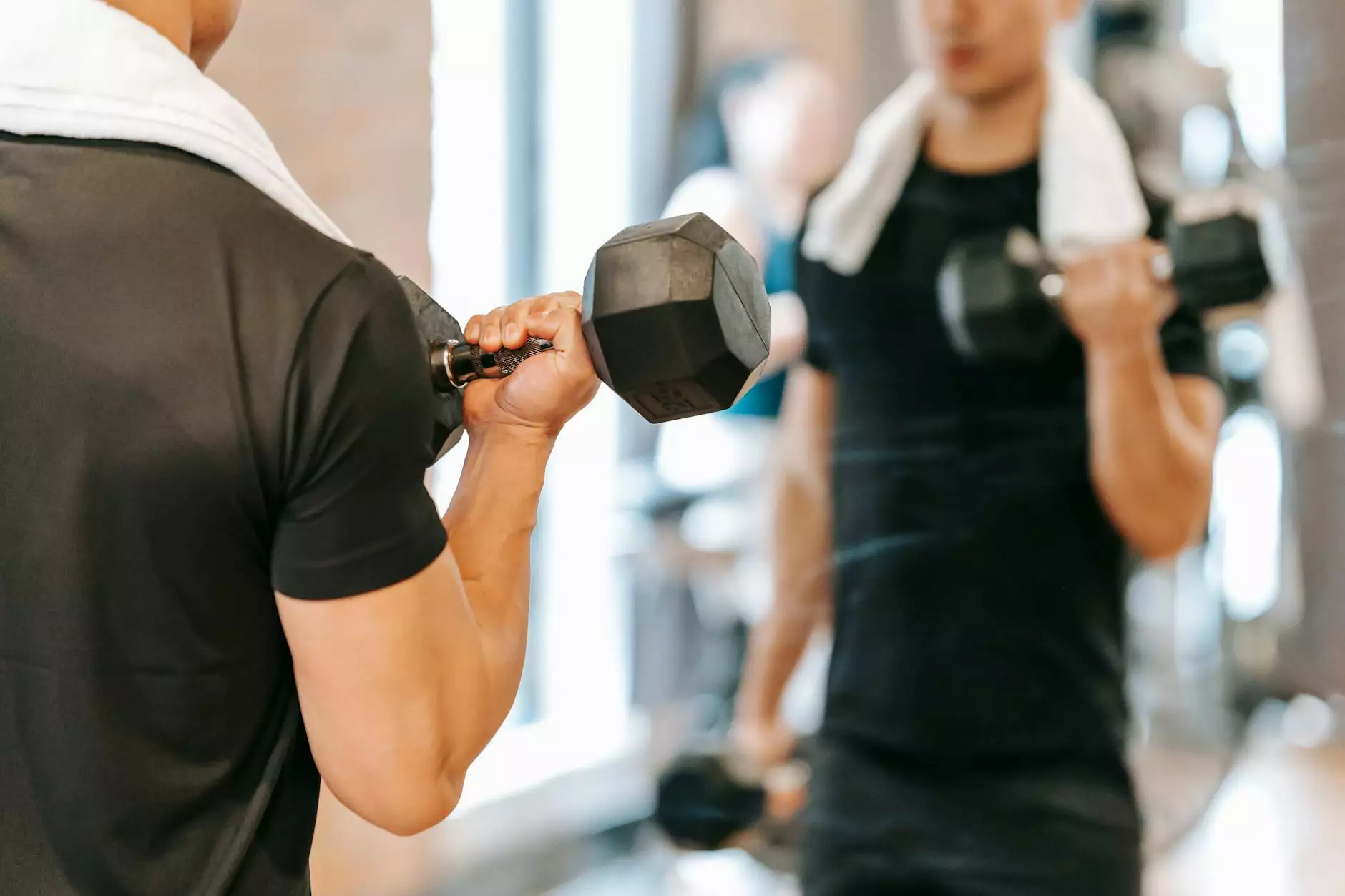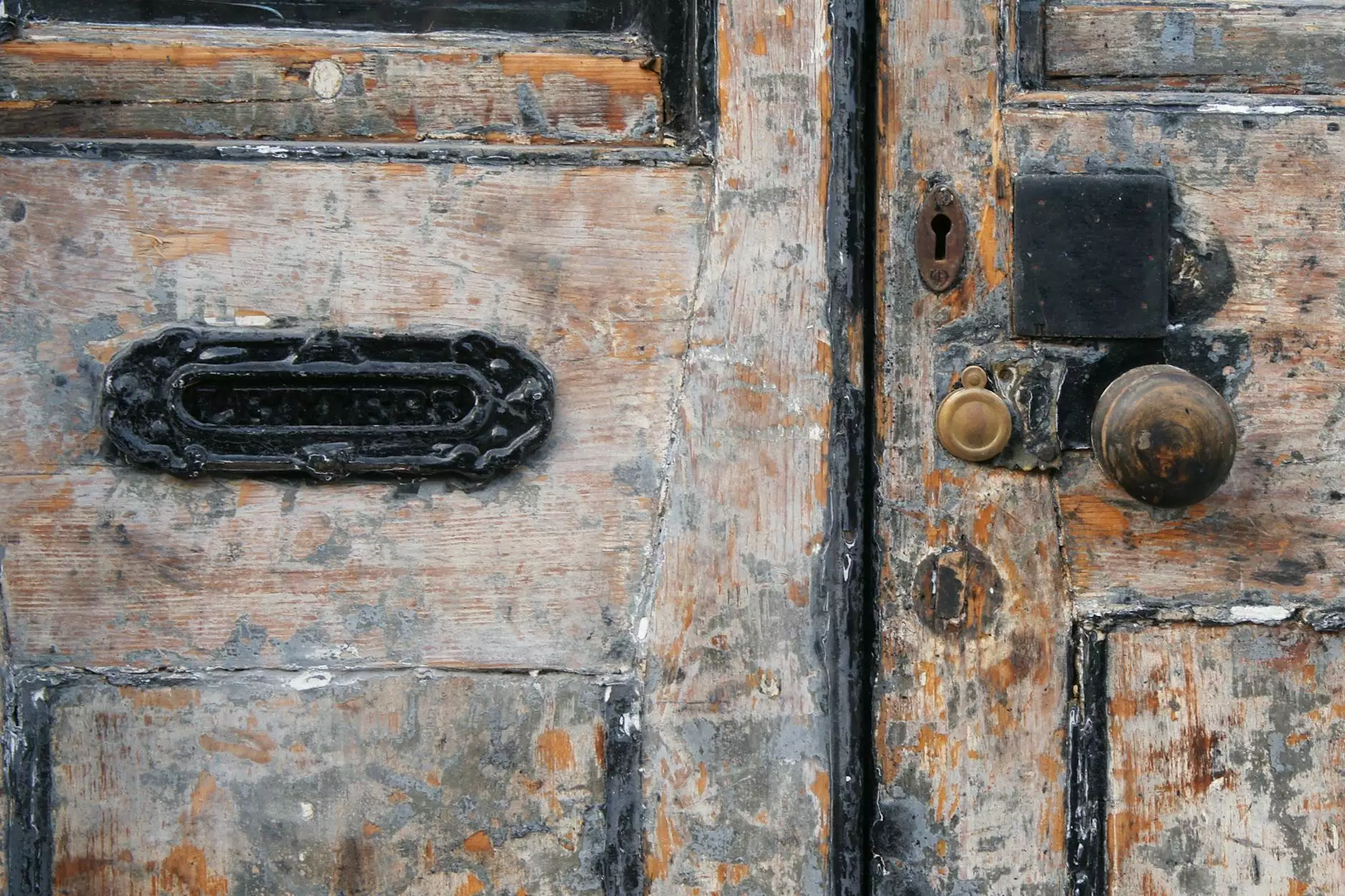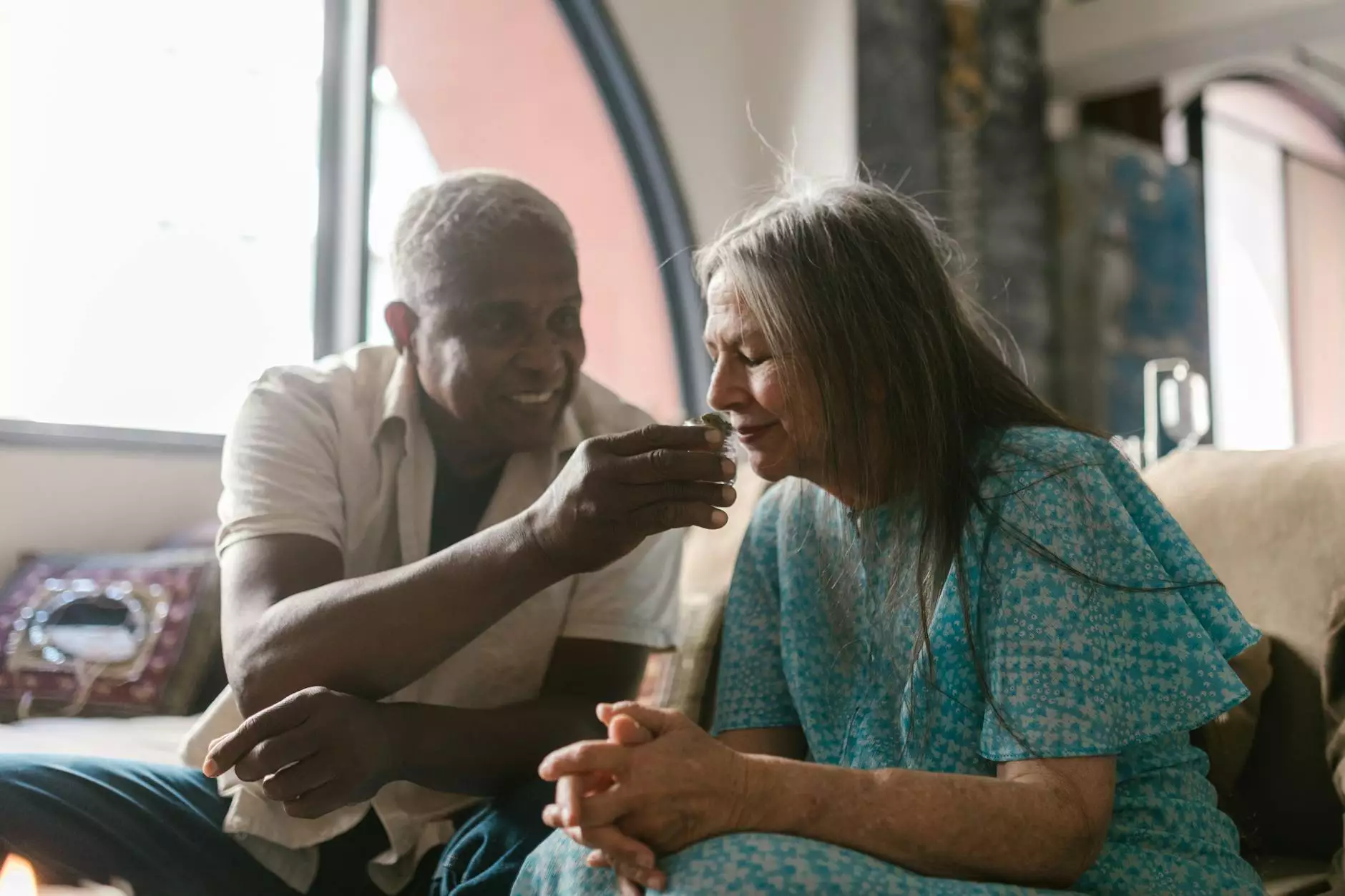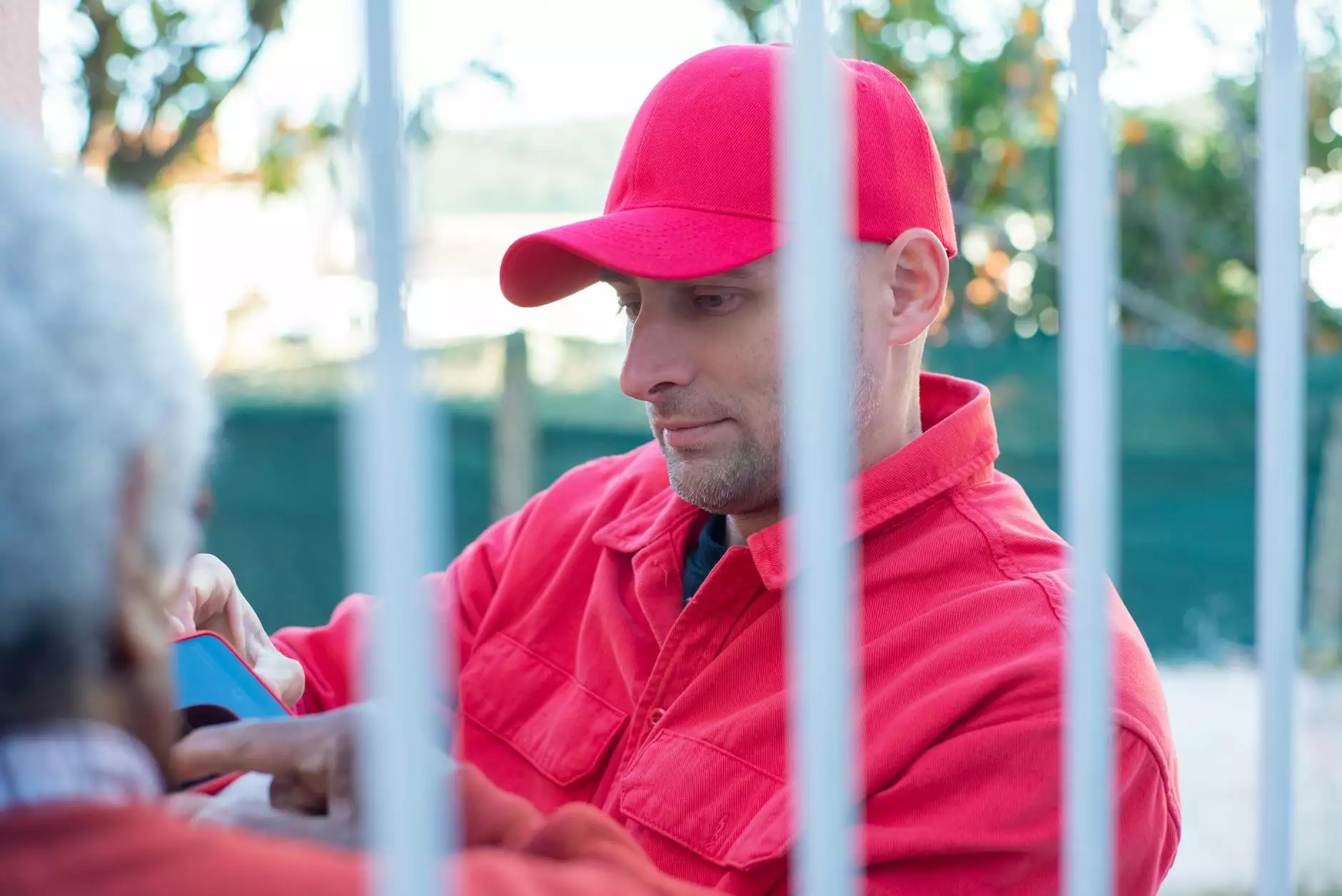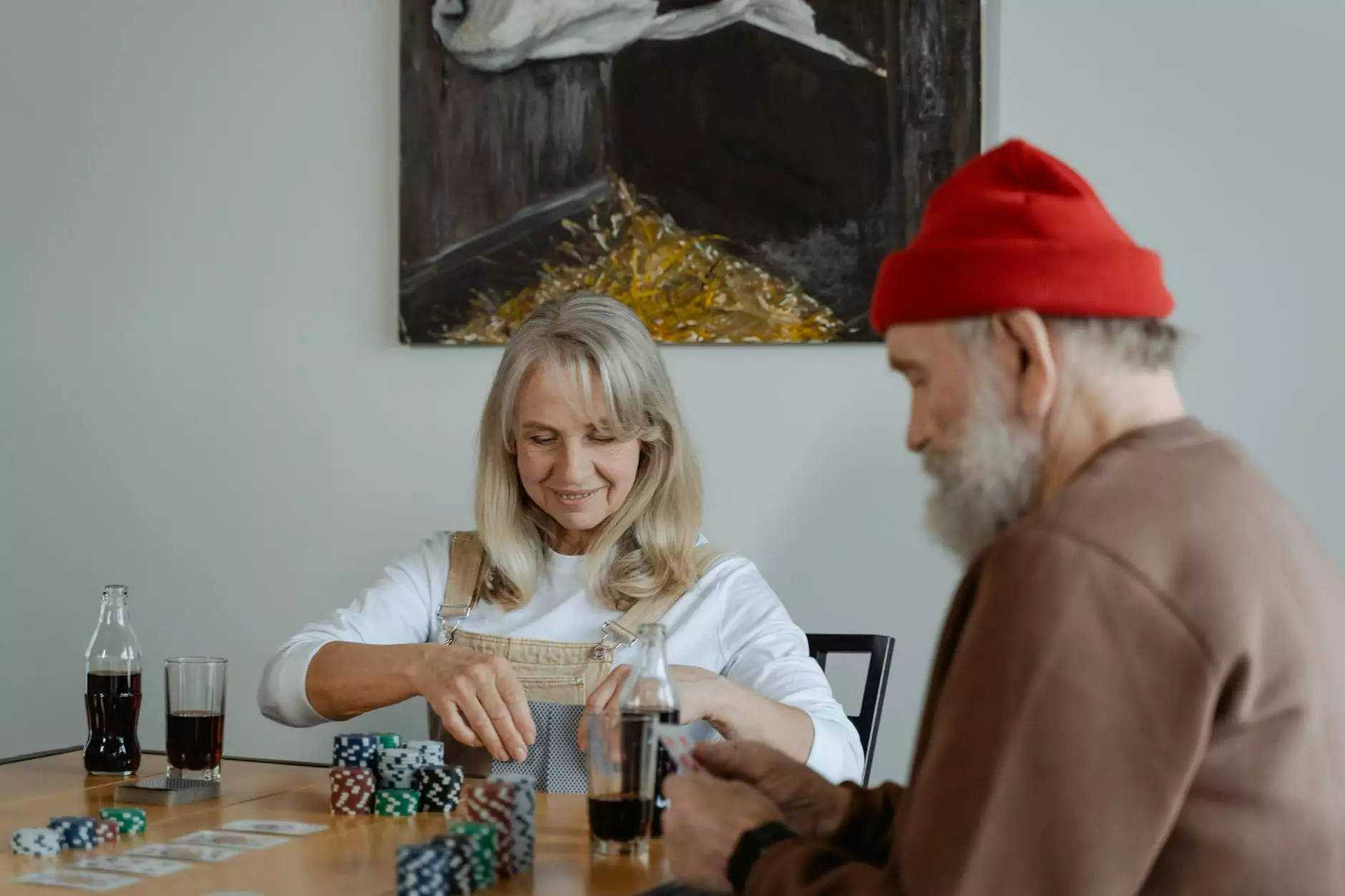How to Prevent Blisters When Running
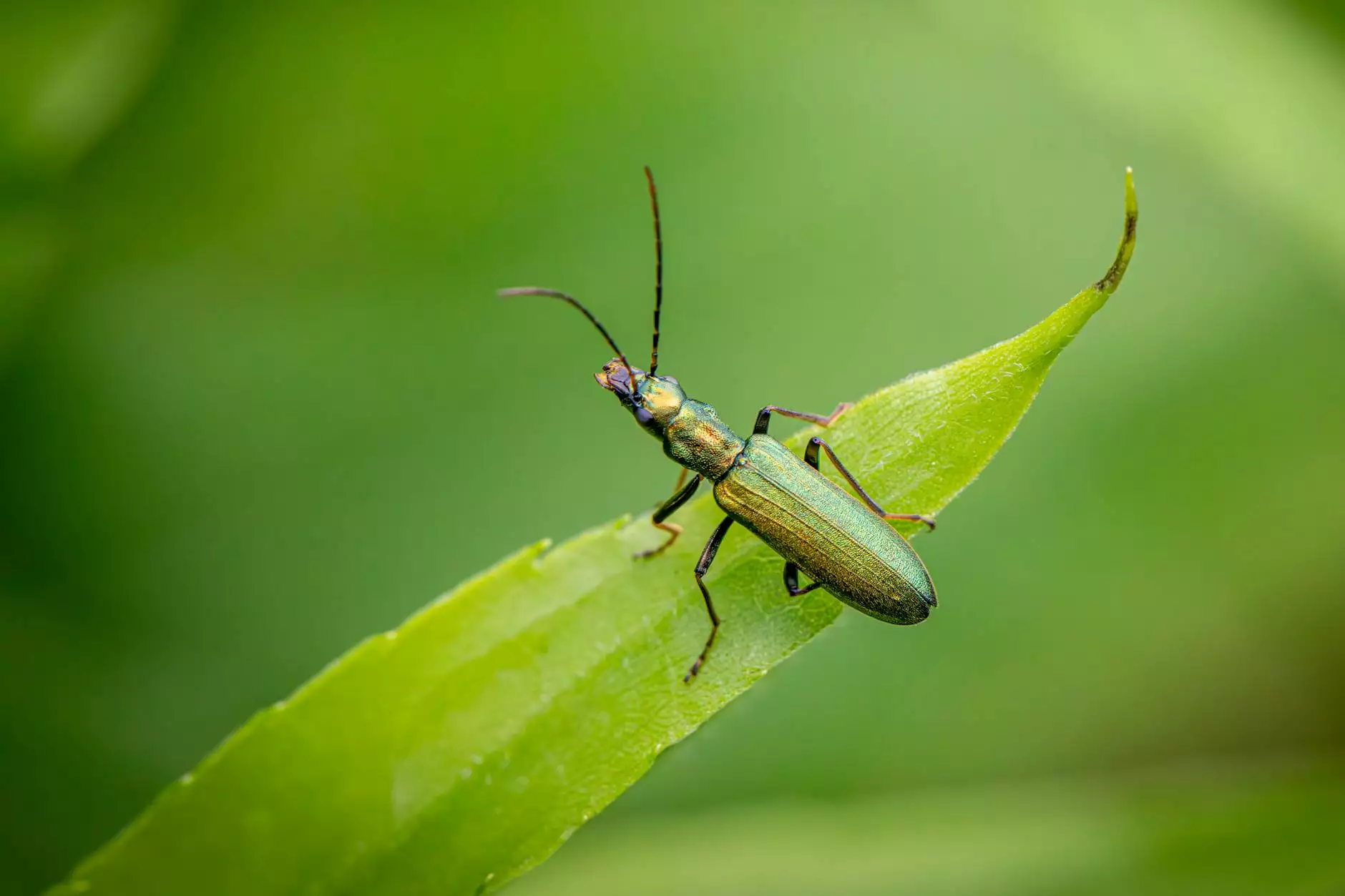
Running is one of the most accessible forms of exercise, providing immense benefits for both physical and mental health. However, anyone who has undertaken a running journey knows that blisters can be a common yet painful inconvenience. In this comprehensive guide, we will examine how to prevent blisters when running, covering essential tips and techniques to keep your feet blister-free, allowing you to enjoy every mile without discomfort.
Understanding Blisters: What Are They?
A blister is a small pocket of fluid that forms between the layers of your skin, often caused by friction, heat, or irritation. In the context of running, blisters typically develop on areas of the foot that endure excessive rubbing against shoes or socks. Understanding the causes of blisters is crucial in learning how to prevent blisters when running.
Common Causes of Blisters in Runners
- Friction: This is the primary cause of blisters, often resulting from poorly fitting shoes or improperly chosen socks.
- Moisture: Sweat and external moisture can soften the skin, making it more prone to blisters.
- Heat: Increased temperature leads to sweating, which can exacerbate friction and lead to blisters.
- Improper Footwear: Shoes that don’t fit correctly or are inappropriate for your foot type can be a significant contributor.
Choosing the Right Footwear
The foundation of preventing blisters lies in choosing the right running shoes. Consider the following factors:
1. Get Professionally Fitted
Visit a specialty running store where knowledgeable staff can analyze your gait and recommend shoes that fit your foot shape and running style. A properly fitted shoe should have a snug fit without being too tight.
2. Choose Breathable Materials
Opt for shoes made of breathable materials that allow moisture to escape, keeping your feet dry and reducing the risk of blisters.
3. Padding and Cushioning
Look for shoes that offer ample padding and cushioning, which can absorb impact and reduce friction.
Sock Selection for Blister Prevention
Socks play a critical role in blister prevention. Here are tips on choosing the right socks:
1. Opt for Moisture-Wicking Socks
Choose socks made from materials designed to wick moisture away from the skin, such as merino wool or synthetic fibers. These materials help keep your feet dry, which can significantly reduce blister formation.
2. Avoid Cotton Socks
Cotton retains moisture and can lead to friction, increasing the chances of developing blisters. Always opt for technical fabrics.
3. Consider Seamless or Flat-Seamed Options
Socks with seamless construction or flat seams reduce the risk of irritation and friction, adding another layer of protection against blisters.
Pre-Run Preparations to Prevent Blisters
What you do before you run can significantly impact your risk of blister development. Here are steps to take before hitting the pavement:
1. Proper Foot Hygiene
Keep your feet clean and dry. Wash your feet daily and ensure to dry them thoroughly, especially between the toes, to reduce moisture accumulation.
2. Apply Anti-Friction Products
Using lubricants, such as petroleum jelly or specialized blister prevention balms, on areas prone to blistering can reduce friction significantly. Apply a thin layer to areas where blisters commonly form, like the heels and toes.
3. Gradual Increase in Mileage
When starting a new running program or increasing your distance, do so gradually. A sudden increase in mileage can lead to excess friction and, subsequently, blisters.
During the Run: Strategies to Prevent Blisters
Consistency in your running routine is also key in how to prevent blisters when running. Consider these tips during your run:
1. Take Breaks When Necessary
On long runs, take occasional breaks to check your feet. If you notice any hot spots or areas of irritation, consider adjusting your footwear or using a lubricant.
2. Change Your Socks Mid-Run
If you're on a particularly long run, consider carrying an extra pair of socks. Changing socks can reduce moisture and friction build-up significantly.
3. Stay Hydrated
Dehydration can lead to dry skin, which increases the risk of blisters. Drinking enough fluids before and during your run helps maintain skin elasticity and health.
Post-Run Care: Recovery and Prevention
After a run, caring for your feet is equally important in preventing blisters for future workouts. Here are some post-run strategies:
1. Inspect Your Feet
After running, always inspect your feet for any signs of irritation or blistering. Early detection allows you to take action before blisters can develop further.
2. Moisturize Your Feet
Applying a good foot moisturizer can help keep your skin healthy and resilient. Focus on dry areas that can crack and become irritated.
3. Rest and Recovery
Give your feet time to recover from longer runs. If you feel any discomfort, consider resting until it subsides and avoid running on sore areas until healed.
Advanced Tips for Experienced Runners
If you’ve already been running for a while and are still dealing with blisters, consider these advanced techniques:
1. Custom Orthotics
For some runners, custom orthotics can help correct foot mechanics, preventing excessive friction that leads to blisters. Consult with a podiatrist for an assessment.
2. Blister Bandages
In case of early blister formation, consider using blister bandages. These specialized bandages can protect the area from further irritation and promote healing.
3. Explore Different Running Surfaces
Sometimes, blisters are exacerbated by the surfaces you run on. Experiment with various terrain types, such as grass or trails, to see if they are gentler on your feet.
Conclusion: Embrace the Joy of Running, Pain-Free
Understanding how to prevent blisters when running is essential for every runner, from novice to advanced. By taking proactive steps in choosing proper footwear, paying attention to sock selection, and implementing pre-, during-, and post-run care routines, you can enjoy all the benefits of running without the pain of blisters. Remember, the goal is to keep moving, feeling great, and enjoying your runs. Start implementing these tips today, and take your running experience to the next level!
For more expert insights into foot care and other health-related topics, don’t forget to visit The Foot Practice, your resource for all things podiatry.

